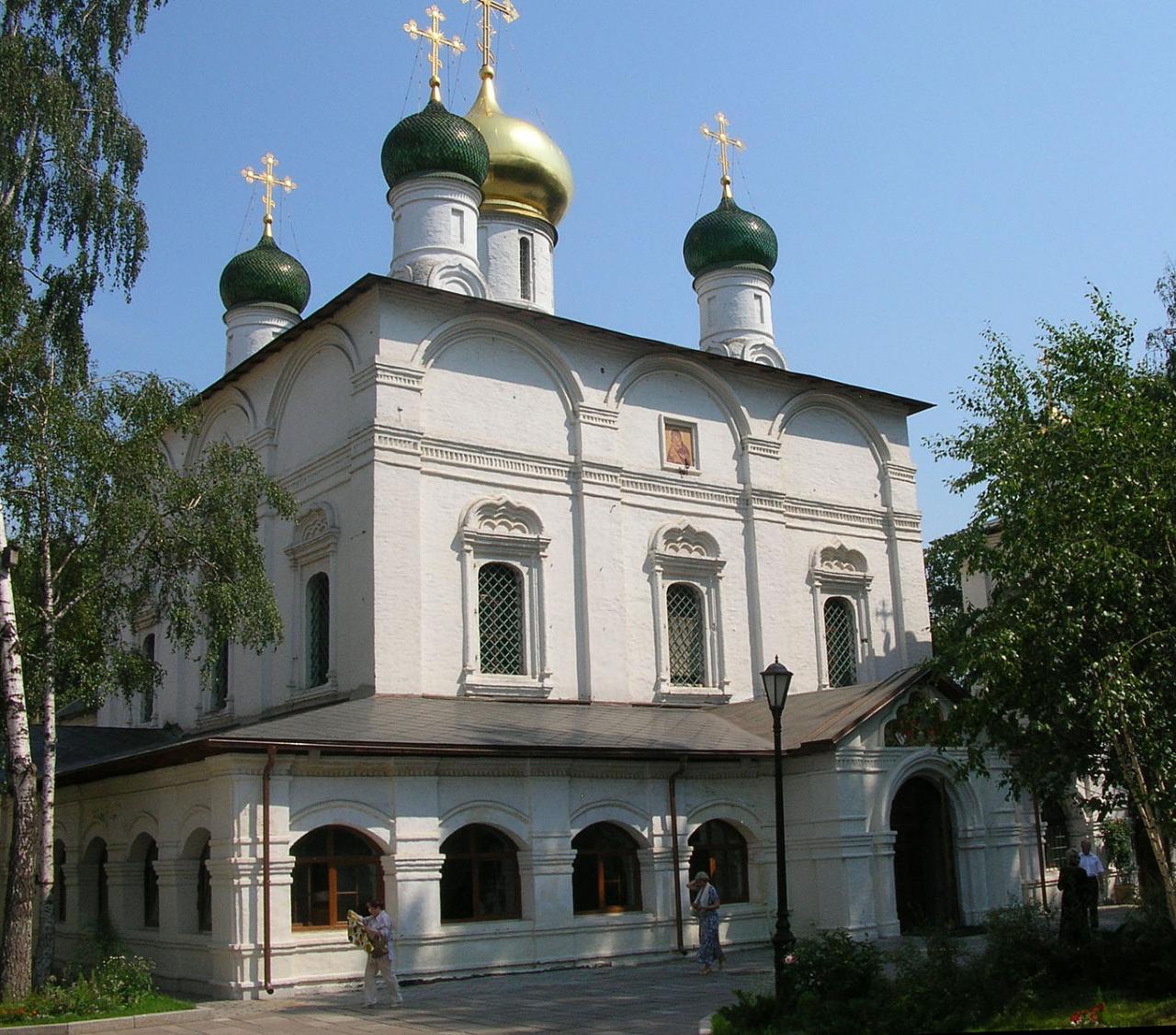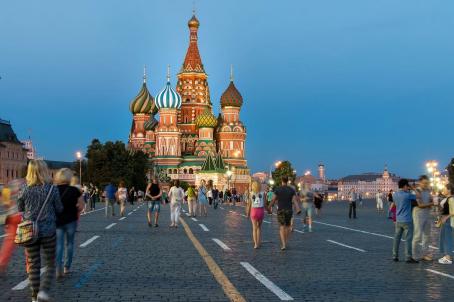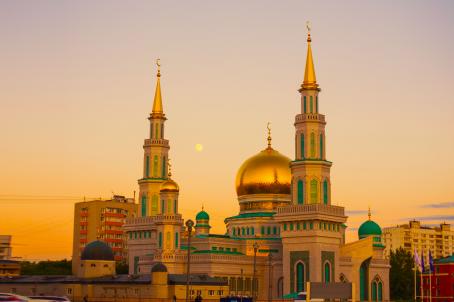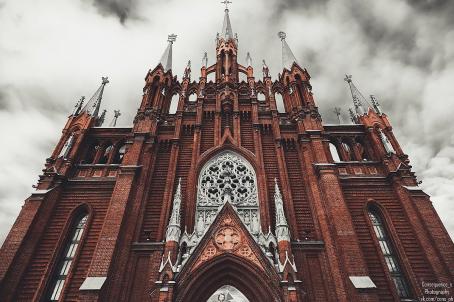Sretensky Monastery
The Sretensky Monastery is an orthodox monastery built in the 14th century. The modern monastery complex includes the Sreteniye Cathedral of the Vladimir Mother of God Icon with two chapels, galleries, a belfry and a few service buildings. The monastery is the place where the Our Lady of Vladimir met Muscovites in the late 14th century. At the meeting place with the icon (that is, Sreteniya), a wooden church was built in honor of the Vladimir icon, rebuilt in stone in 1679. In 1918 the monastery was closed, and from 1928 to 1930, all the churches, except the Our Lady of Vladimir, and almost all the buildings were destroyed. Since 1958, the cathedral housed the restoration workshops of I. Grabar. The monastery was reopened in 1995. It houses the largest Orthodox publishing house, the famous male choir, and a seminary.
About this building
For more information on this building visit https://um.mos.ru/en/houses/sretensky-monastery/






